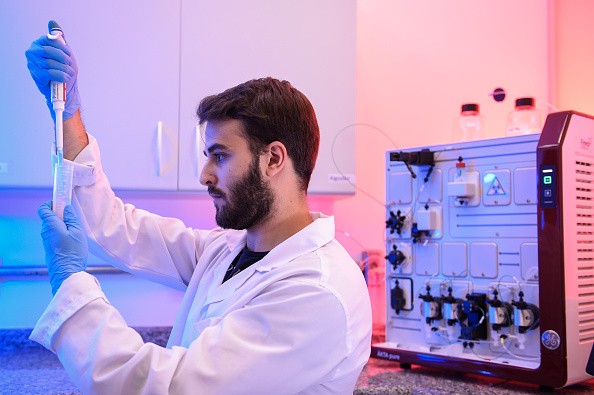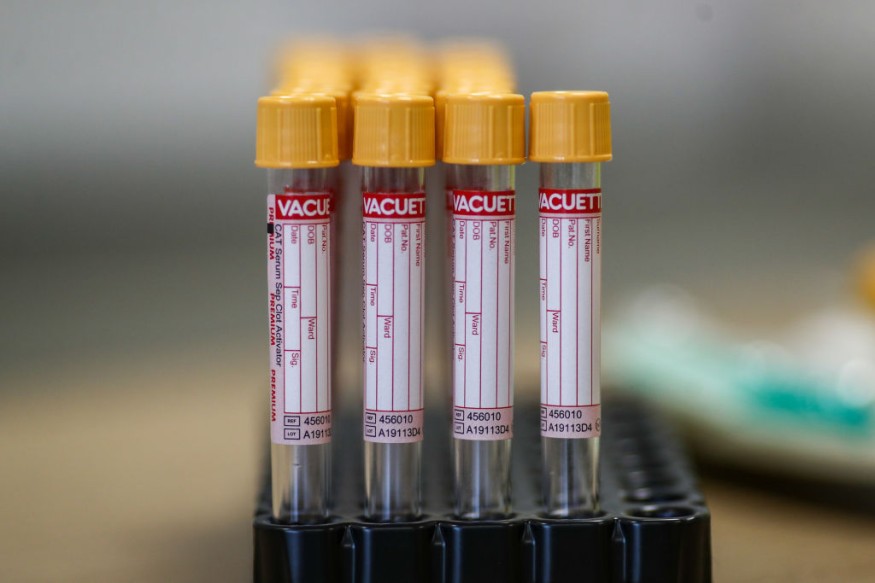A year has elapsed after health authorities cited the Huanan Seafood Wholesale Market of Wuhan as ground zero for the COVID-19 pandemic. For just as long, there has been a global discussion on how the pandemic originated. But as experts embark on the final stages of a quest for the coronavirus source, the public may soon discover the answers.
Michael Ryan, the executive director of the World Health Organization's Health Emergency Service, said at an October 23 news conference that Chinese scientists had already begun early tests for the two-phase investigation.
The top health agency then sent a team in China to work with several of the country's top scientists in tracing the origins of COVID-19. A week later, WHO Director-General Tedros Adhanom Ghebreyesus said that the first virtual meeting with his Chinese counterparts had been organized by a community of foreign experts, before offering complete WHO help for the process. WHO secretly published on November 5 specifics of its mission to China, which it defines as global analysis of the root cause of SARS-CoV-2.

The hunt for the host
WHO's Ryan said that preparation initially started in February. But in July, after a two-person WHO team concluded a three-week preliminary task, the final project just blended.
"We've been working with all parties to put together the necessary studies to better understand the origins of this virus," Ryan said. Epidemiological analysis of COVID-19 events, biological and genetic tests, and animal welfare analysis would be part of the initiative.
WHO spokeswoman Margaret Harris says this investigation into the pandemic roots couldn't have begun earlier because the early COVID-19 missions of the agency in China had to prioritize coping with the impact of the epidemic on the human community.
Nothing took priority at the point over how to treat it medically, what variables help it spread, what strategies work to try to stop transmission," says Harris.
In the meantime, months of genetic studies had now confirmed that what is recognized as a zoonotic spillover. It's an occurrence in which a germ moves from an animal to humans, begins with the pandemic.
Linfa Wang, a biologist and head of the Developing Infectious Diseases Program at the Duke-NUS Medical School in Singapore, says that discovering exactly this unfortunate jump happened can now be done by utilizing epidemiology and genetics to trace "patient zero."
Did someone discover the mother of genome?
Researchers are still having difficulty describing who is the first human transmission case, COVID-19 patient zero. They may have, however, found a more significant discovery.
They argue that the mother of all the genomes of SARS-CoV-2 has finally been identified.
"The SARS-CoV-2 virus is carrying an RNA genome that has already infected more than 35 million people across the world," said Sudhir Kumar, the new study's direct, as reported by SciTech Daily.
He added that this viral particle called the "progenitor genome," must be identified.
Furthermore, the scientist explained that it is the mother of all SARS-CoV-2 coronaviruses, which continue to infect many people to this day.
Kumar and his research team at Temple University's Institute of Genomics and Evolutionary Medicine may have discovered the progenitor genome that could be used to aid the detective work of global molecular epidemiology.
New Timeline
The research team identified 958 synonymous replacements and 170 non-synonymous mutations in the mother genome that cause protein amino acid change (proCoV2).
ProCoV2 has more mutations and substitutions than closely-related coronaviruses such as RaTG13, which is found in Rhinolophus affanis bats.
The researchers also found 49 single nucleotide variants (SNVs) in the mother genome, according to Medical Xpress' latest report. These SNVs were further observed and their global spread, as well as mutational patterns, were examined.
Kumar's research team ensured the original placement of the pandemic's start when asked to compare the inferred proCoV2 sequence with genomes in their collection revealed no full matches at the cellular levels.
When the researchers compared the progenitor's genome, they found out that it does not have genome matches at the nucleotide level. The mother genome had a sequence different from the reference sequence, Kumar explained.
"This progenitor genome had a sequence different from what some folks are calling the reference sequence, which is what was observed first in China and deposited into the GISAID SARS-CoV-2 database," said Kumar.
Genomes sampled 12 days after the oldest known recorded virus became available on 24 December 2019 were the closest match. Multiple marks were found in all sampled continents and were detected in Europe as late as April 2020.
Overall, Kumar's group of 120 genomes analyzed all contained only synonymous proCoV2 differences. That is, all their cells were similar in the amino acid sequence to the corresponding proCoV2 proteins. Of these protein-level matches, most ( 80 genomes) were from coronaviruses sampled in China and other Asian countries.
Mother of Genomes

These spatiotemporal patterns indicated that proCoV2 already possessed the full repertoire of protein sequences needed to infect, spread, and persist in the global human population.
Based on the earliest mutations of proCoV2 and their locations, they found the proCoV2 virus and its initial descendants arose in China.
Also, they also demonstrated that at the time of the first detection of COVID-19 cases in China, there was a population of strains with up to six mutational differences from proCoV2. With estimates of SARS-CoV-2 mutating 25 times a year, this meant that people had been infected with the virus several weeks before the December 2019 cases.
Check out more news and information on COVID-19 on Science Times.









